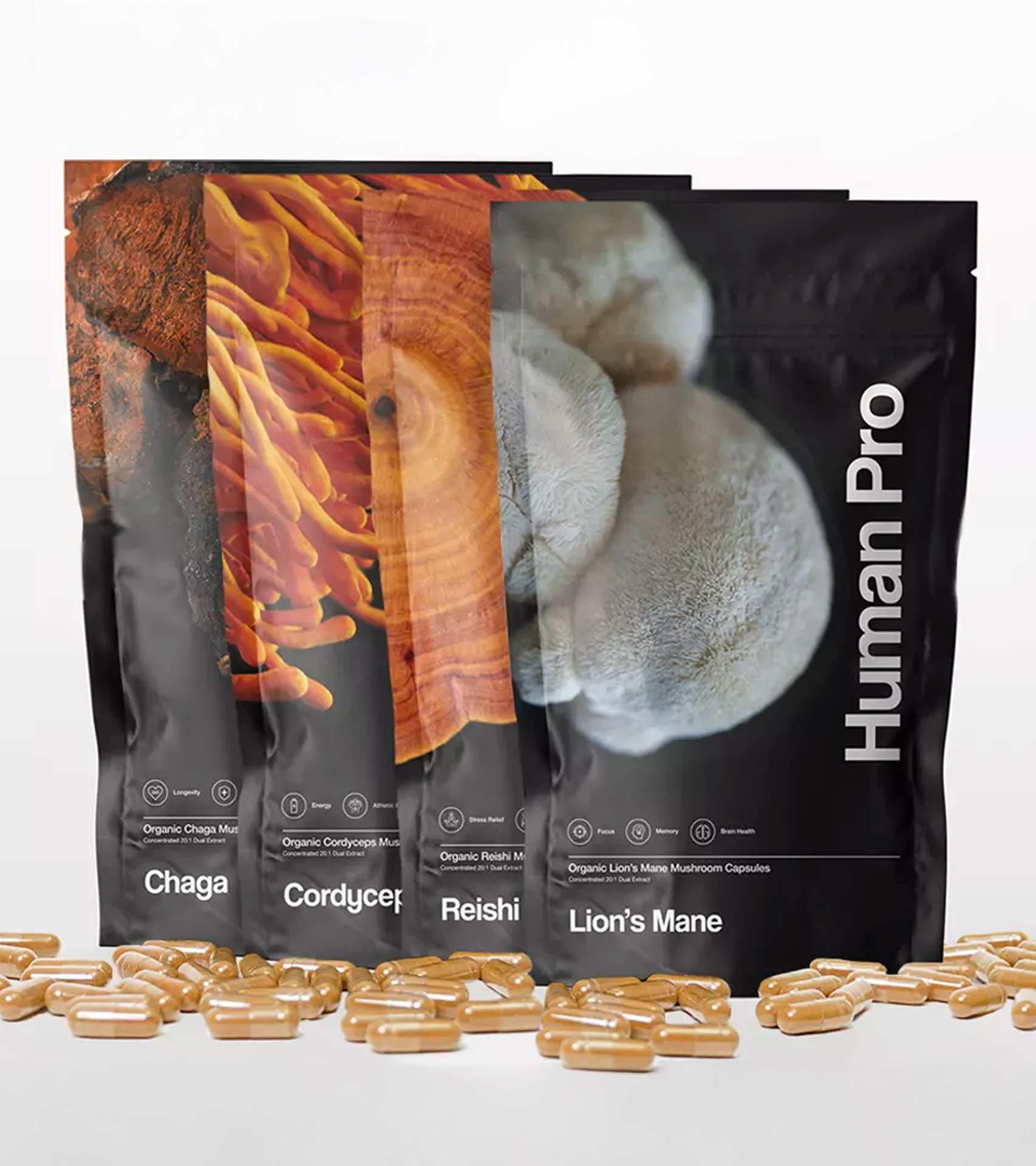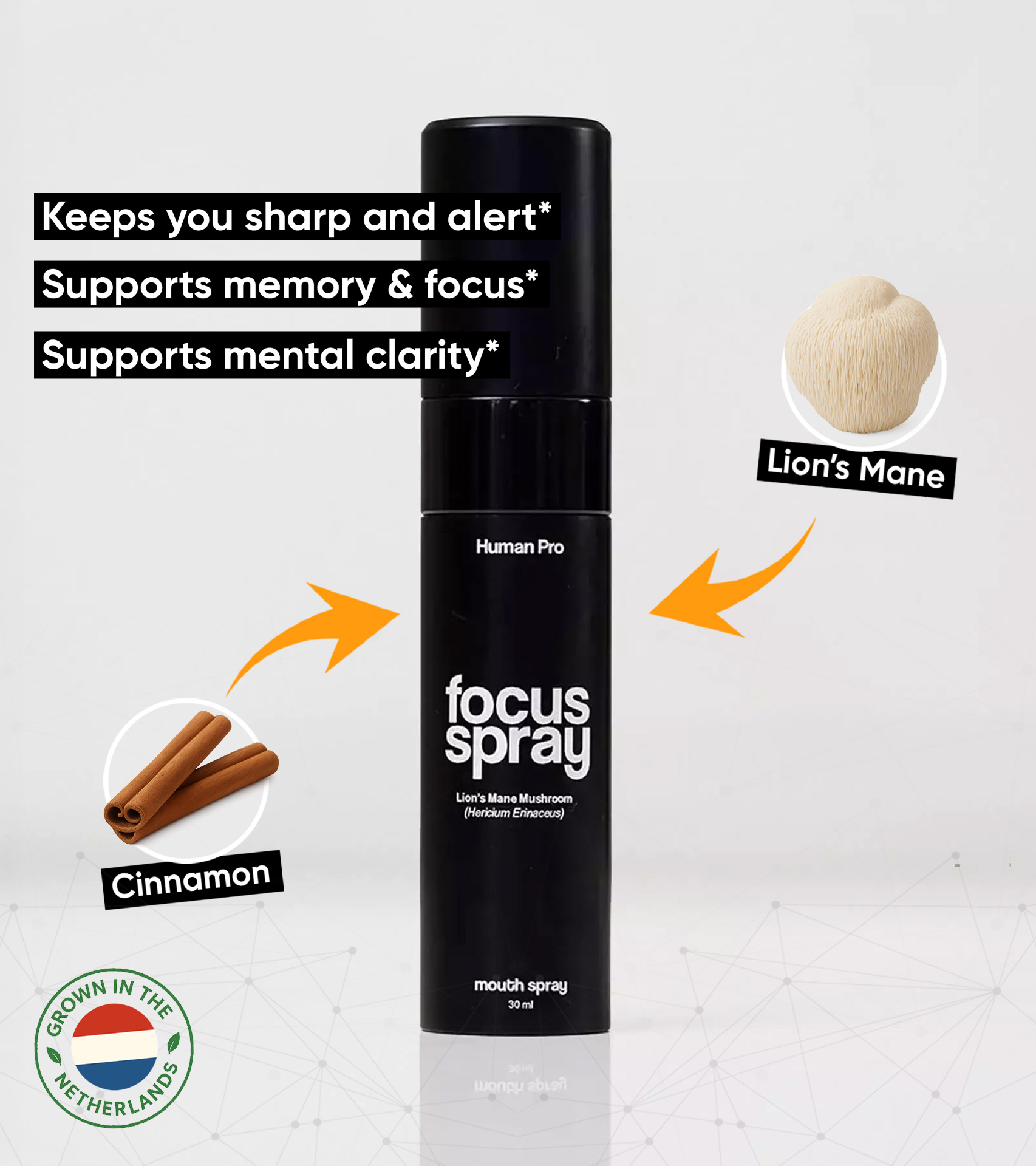The more we learn about psychedelics, the more we understand how little we actually know. The internet is already so full of information that it can be quite overwhelming and confusing as to how to know what is right for you and where to start? So allow us to support you through this process and offer some perspective.
Here below we are going to start right at the basics and then build from there. Some terms may be new so feel free to look them up. You might want to bookmark this article if you wanna keep it handy and/or share it with a friend.
Ready? Here we go.
What IS microdosing?
Microdosing is the practice of taking small sub-perceptual doses of psilocybin (or other substances), on a scheduled basis and with the aim of gradually self optimizing our minds and bodies.
By definition a microdose does not produce a high but an effect will be felt. Some days the effect is on the day of dosing, sometimes it happens on off days also known as the ‘afterglow’.
The benefits of microdosing happen due to a consistently intermittent dosing therefore creating a compounding effect that is more integrated, embodied and stable.
Microdosing is a lot like cooking. Various protocols, methods, and ingredients. Combination, timing, and dosage are key points when microdosing.
Psychedelics are tools that are to be used wisely and with great care. A tool is a ‘means-to-an-end’ and therefore designed to be used a certain way to achieve a specific outcome.
Often, the best way to answer a question is by asking better, more precise questions. Here are some really important questions that will help clarify how to choose a microdosing protocol.
Part 1:
Past: What (if any) medicines has your body accumulated so far? What are you packing internally? Are you taking any chronic pharmaceutical medications?
Please note that some functional and psychedelic mushrooms have contraindications and should be discussed with your doctor. Else, mushrooms are non-toxic and not habit forming.
Part 2:
Present: How to take a microdose? To chew or not to chew (when microdosing mushrooms)? Morning or evening? Empty stomach or with breakfast?
When microdosing with mushrooms or truffles, we suggest that dairy is avoided around the time of microdosing.
We also suggest that the truffles are swallowed, not chewed. Some people microdose on an empty stomach, others with food. The most important thing at this stage is to figure out your ideal dosage, also called the sweet spot. The scale is your best friend!
Worth noting, our truffles are grown naturally and so their exact weight may be inconsistent. Some may be more or less than 1 gram, another reason why using a scale is so important.
Part 3:
Future: Intent, Goals & Expectations: What do I need microdosing to do for me? What are my expectations of it? What are my markers of success that confirm microdosing is working?
It’s important to become your own health advocate and do a certain amount of research and/or introspection. The questions above can only be answered by you and their answers will serve you greatly if defined early on.
Part 4:
Speed: Frequency/Dosage (Minimal Effective Dose) Some people take ‘hero’ doses of psilocybin with significant outcomes. Some take less over time and have a more subtle and sturdy approach to.
Recently an article was posted discussing the differences in ‘dosage’ and the overall duration of benefits reported.
For example, some like to microdose one day and take two days off resulting in a dose 3-4 times a week. Others prefer to microdose 5 days a week and take two days off.
Others microdose when they are working on specific projects/tasks/activities. Be sure to start off slow, one day on and then two days break. Until you define your ideal dosage, be sure to microdose only on days when you have minimal responsibilities… just in case.
Last but not least, for the pro’s among us…
Stacking Protocols
Stacking is the practice of combining various types of mushrooms with other supplements, compounds or vitamins. It is a more advanced level routine and recommended to consider only once you feel comfortable with straight microdosing first.
Starting with the ingredients, let’s go through the types of mushrooms available and their individual effects on us. There are four types of mushrooms and they are:
Edible: Oyster, Porcini, Shitaki, etc. – Minimal medical benefits discovered to date
Functional*: Cordyceps, Chaga & Reishi, etc – Supports a healthy body (non-psychoactive)
Nootropic: Lion’s Mane – Supports overall health, improved cognition and neuroplasticity (non-psychoactive)
Psychedelic*: Psilocybin Truffles – Psychoactive, neurogenesis trigger.
Now that we have untangled mushrooms into four distinct categories, we can look at possible combinations and dosages for stacking.
Paul Stamets was the first to create a ‘stacking’ protocol called the Neurogenesis Stack. Here’s how it works; a microdose of psilocybin is taken with some Lion’s Mane on an empty stomach. Approximately 20 minutes later, Niacin B3 is taken.
Niacin is an important building block for the body and when in large quantities, produces a ‘flush’ in the human body. As the B3 vitamin is being digested, the skin will flush red and feel itchy, much like the sensation of a sunburn. This flushing sensation lasts approximately 45 minutes. This is not the most comfortable of experiences but also quite tolerable.
So what would the motivation be for such a bizarre cocktail that induces temporary discomfort?
Because the Niacin performs an interesting function when flushing. It pulls all the valuable nutrients and compounds from the Lion’s Mane and Psilocybin all the way through to to each artery, vein, neuron and capillary of the human body. The Lion’s Mane mitigates overall inflammation and contains Nerve Growth Factor.
A neurogenesis stack has multiple functions, creating new neurons and pathways in the brain, potentially repairing current neurological issues and reducing inflammation throughout the whole human system. Niacin breaks through the blood brain barrier and packs all the goodies along with it.
There are many reasons to stack, be it curative or preventative, should you feel ready to give it a shot be sure to grab some from our store and use this promo code. Also be sure to reach out for support if you need to.
Last word on stacking, it should not be practiced for more than a few days a week and no longer than one month per season. Integration is important. Maintaining homeostasis is vital. Be bold. Be precise. Be gentle…and do your homework 🙂
Psilocybin as sandpaper
Another potential analogy for mushrooms is sand paper. A tool that evens out the landscape in our brains that has been built upon over the course of our lives.
Sandpaper smooths out the curves and flattens sharp edges. Some sandpaper is more coarse and removes more faster… arguably leaving us feeling raw. Some sand paper is very fine and requires repetition. An experience that is more coarse (raw) takes longer to integrate rather than a regular ‘exfoliation’.
A recent New York Times article defined psilocybin’s effect on the brain like this:
“Another author of the Nature Medicine article published on Monday, Robin Carhart-Harris, director of the Neuroscape Psychedelics Division at the University of California, San Francisco, said the functional magnetic resonance imaging scans offered intriguing clues about the way depression inhabits the brain. The resulting images, he suggested, might be best compared to an undulating pastoral landscape marked by hills and deep valleys.”
People with depression, he said, often get stuck in a valley. Although S.S.R.I.s can make them feel better, the drugs do not appear to change the overall landscape of their brain, as it were, suggesting that the drugs do little more than ease the symptoms of their depression.
But the psilocybin treatments, he said, seemed to provide a way out of those metaphorical valleys by inducing what scientists call global increases in brain network integration — essentially touching off activity across parts of the brain that were previously cut off from one another.
“Psilocybin therapy seems to flatten the landscape so you move out of the valley,” Dr. Carhart-Harris said. “It makes you freer to move on.”
A smooth mental landscape is a beginner’s mind. A time and place where anything is possible. Unexpected synaptic combinations and connections can now form inside our brains creating the foundations of a resilient and intriguing mind.
Like fine sandpaper, microdosing is subtle but potent due to its compounding effects on the landscape of our brains. Sometimes it’s valuable to ‘hero’ dose and have a cup of tea with creation itself.
But more often than not, sub-perceptual doses on a regular and intermittent basis create important long term changes that benefit our brains, lives and our communities.
Shine bright. Do good. Flow strong.
Asha
NB: * denotes possible contraindications with certain pharmaceutical medications – always consult with your doctor/pharmacist before starting any protocol.







0 thought on “How to Choose a Microdosing Protocol?”